When drawing with pencils or charcoal, making mistakes is normal and part of the learning process. A good eraser will make lines disappear so you can easily redraw or sketch over the erased area. However, not all erasers are the same; the right one depends on your drawing materials and paper. Here’s how to choose the best eraser for your projects.
Products
Filter
Produkte Filtern:
Produkte Filtern:
Produkte Filtern:
Produkte Filtern:
Produkte Filtern:
Produkte Filtern:
Produkte Filtern:
Produkte Filtern:
Produkte Filtern:
Produkte Filtern:
Sorting
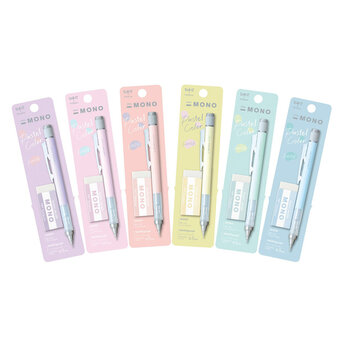
Eraser
Limited Edition MONO graph + MONO eraser pastel
Limited set of MONO graph and MONO eraser in 6 special pastel colors
Available in various colours
from
€9.10
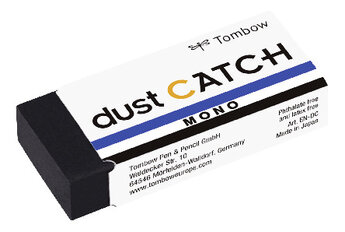
Eraser
MONO dust CATCH eraser
Eraser residues stick to eraser due to its tacky polymer mixture. The solution to prevent small eraser bits on sketches, designs or technical drawings.
€2.40
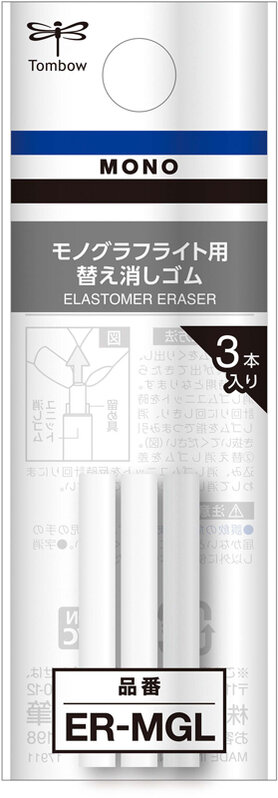
Eraser
MONO graph Lite eraser refill
Refill eraser for mechanical pencils MONO graph Lite. Contents: 3 pcs.
€2.30
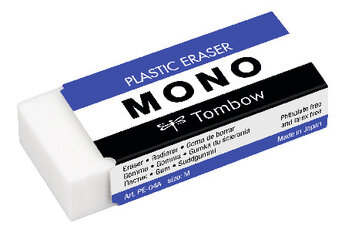
Eraser
MONO plastic eraser
The truely classic eraser from Japan - launched in 1969 in the Japanese market. MONO eraser is available in the three sizes XS, M and L.
Size selectable
from
€1.30
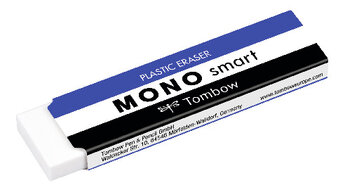
Eraser
MONO smart
Extra thin 5.5 mm eraser for erasing small areas. Solid eraser due to special formula.
from
€2.60

Eraser
MONO Stick eraser
MONO Stick - the stylish eraser in pen format. Refillable and available in 3 colors.
Available in various colours
from
€3.50



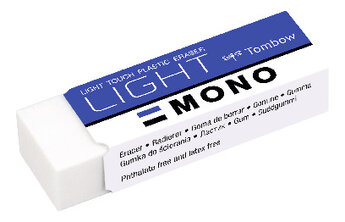



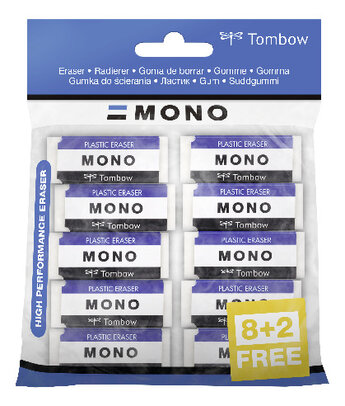

![[Translate to Englisch:] Eraser PE04A perspective The Tombow MONO eraser in size M is a high-quality plastic eraser known for its precise and gentle removal of pencil strokes. With its classic blue, white and black casing, it is phthalate and latex-free and ideal for drawings, sketches and technical work. Made in Japan, it stands for excellent quality.](/fileadmin/_processed_/a/c/csm_Eraser_PE04A_perspective_3479739ed6.png)

![[Translate to Englisch:] Eraser PE04A corner The Tombow MONO eraser in XS size offers maximum precision for detailed corrections. The magnification shows the fine structure of the plastic material, which enables a particularly clean and gentle erasing performance. The classic blue, white and black casing provides protection and stability. Made in Japan, it stands for excellent quality and durability.](/fileadmin/_processed_/c/7/csm_Eraser_PE04A_corner_bdd93477d9.png)


